Advancements that could lead to earlier diagnosis and treatment for diabetic retinopathy, a common complication that affects the eyes, have been identified by a multi-department research team from Michigan State and other universities.
Tag: Diabetic Retinopathy
Research to Prevent Blindness and Association of University Professors of Ophthalmology Announce 2024 Recipient of RPB David F. Weeks Award for Outstanding Vision Research
Patricia Ann D’Amore, PhD, MBA, has been selected as the 2024 RPB David F. Weeks Award for Outstanding Vision Research (Weeks Award). Dr. D’Amore will receive her award and deliver a presentation during the AUPO 2024 Annual Meeting in Austin, Texas in February.
Mount Sinai Launches Center for Ophthalmic Artificial Intelligence and Human Health
The Icahn School of Medicine at Mount Sinai has launched the Center for Ophthalmic Artificial Intelligence and Human Health, the first of its kind in New York and one of the first in the United States.
Research to Prevent Blindness Announces New Sight-Saving Vision Research Grants
Research to Prevent Blindness (RPB) announces two new grants to support high-impact vision research. The new grants are the: RPB / Tom Wertheimer Career Development Award in Data Science and RPB / Mary Tyler Moore Vision Initiative Physician-Scientist Award.
Early anti-VEGF treatment of diabetic retinopathy yields no benefit to visual acuity
While early treatment of diabetes-related eye disease slowed progression to severe disease, it did not improve visual acuity compared with treating more severe disease once it developed, according to a clinical study from the DRCR Retina Network.
ARVO Foundation Announces 2023 Recipient of Genentech Career Development Award for Underrepresented Minority Emerging Vision Scientists
The Association for Research in Vision and Ophthalmology (ARVO) Foundation congratulates Edmund Arthur, OD, PhD, the 2023 recipient of the Genentech Career Development Award for Underrepresented Minority (URM) Emerging Vision Scientists. Arthur will receive a two-year grant totaling $100,000 to support research and personnel costs for establishing an independent vision research program.
Retinal cells may have the potential to protect themselves from diabetic retinopathy
About one third of patients with diabetes mellitus (DM) develop diabetic retinopathy (DR), a leading cause of blindness in working-age individuals.
What Retina Specialists Want You to Know About Diabetes and Vision
If you’re living with Type 1 or Type 2 diabetes, you likely know how the condition can impact your overall health. But, focusing on how diabetes can affect your vision can go a long way toward maintaining your clear view of the world, according to the American Society of Retina Specialists (ASRS).
A type of ‘step therapy’ is an effective strategy for diabetic eye disease
Clinical trial results from the DRCR Retina Network suggest that a specific step strategy, in which patients with diabetic macular edema start with a less expensive medicine and switch to a more expensive medicine if vision does not improve sufficiently, gives results similar to starting off with the higher-priced drug.
Diabetic Eye Disease: Awareness of Risks, Symptoms Can Save Your Sight
Diabetic retinopathy affects nearly 8 million Americans, and that number is expected to double by 2050, but knowing the risks and symptoms and seeking an early diagnosis and treatment from a retina specialist can preserve sight and virtually eliminate vision loss from the condition, according to the American Society of Retina Specialists (ASRS).
American Society of Retina Specialists (ASRS) Launches See for a Lifetime See a Retina Specialist Education Initiative to Drive Awareness and Action Around Retinal Diseases that Put Millions at Risk for Blindness
America’s retina specialists are warning the public that millions in the US who don’t know the facts about common retinal conditions such as age-related macular degeneration (AMD) and diabetic retinopathy are at risk for preventable blindness or vision loss from these sight stealing conditions.
New biomarkers may detect early eye changes that can lead to diabetes-related blindness
Optometry researchers have identified new biomarkers that may advance the early detection of diabetic retinopathy, the most common diabetic eye disease and a leading cause of blindness in U.S. adults.
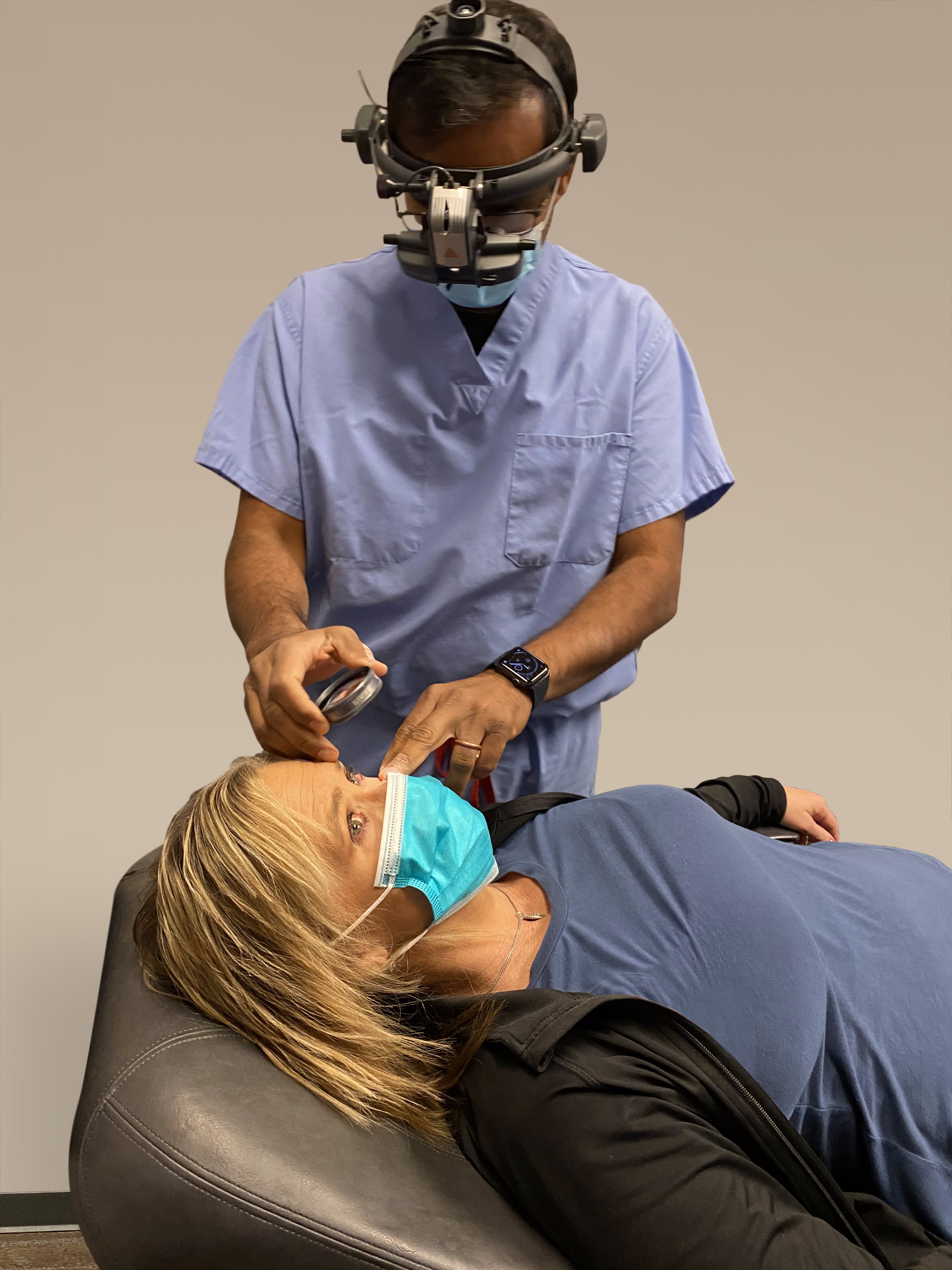
Preventive treatment reduces diabetic retinopathy complications
Early treatment with anti-VEGF injections slowed diabetic retinopathy in a clinical study from the DRCR Retina Network (DRCR.net). However, two years into the four-year study its effect on vision was similar to standard treatment, which usually begins at the onset of late disease.
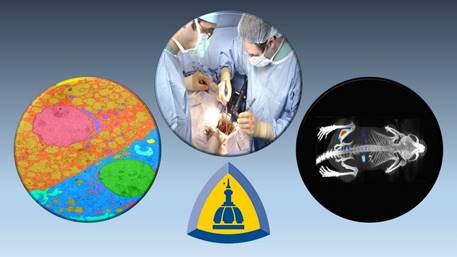
Research News Tip Sheet: Story Ideas from Johns Hopkins Medicine
During the COVID-19 pandemic, Johns Hopkins Medicine Media Relations is focused on disseminating current, accurate and useful information to the public via the media. As part of that effort, we are distributing our “COVID-19 Tip Sheet: Story Ideas from Johns Hopkins” every other Wednesday.

Research News Tip Sheet: Story Ideas from Johns Hopkins Medicine
During the COVID-19 pandemic, Johns Hopkins Medicine Media Relations is focused on disseminating current, accurate and useful information to the public via the media. As part of that effort, we are distributing our “COVID-19 Tip Sheet: Story Ideas from Johns Hopkins” every other Tuesday.
AI algorithms detect diabetic eye disease inconsistently
Diabetes continues to be the leading cause of new cases of blindness among adults in the United States. But the current shortage of eye-care providers would make it impossible to keep up with demand to provide the requisite annual screenings for this population. A new study looks at the effectiveness of seven artificial intelligence-based screening algorithms to diagnose diabetic retinopathy, the most common diabetic eye disease leading to vision loss.
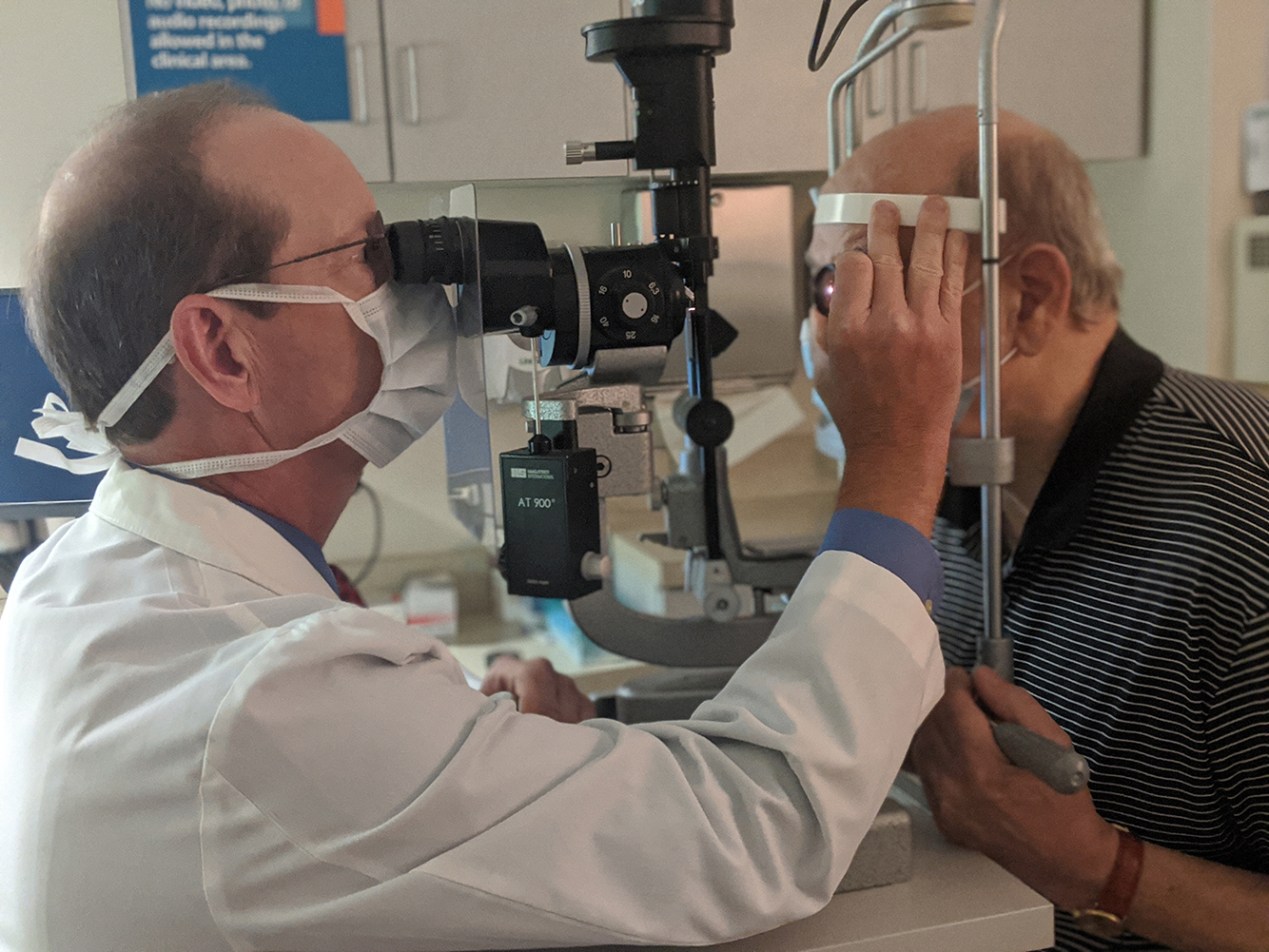
Surgical and drug treatment options lead to similar outcomes for diabetic eye disease
Surgical and injectable drug approaches are equally effective for treatment of bleeding inside the eye from proliferative diabetic retinopathy (PDR), according to a National Eye Institute (NEI)-supported clinical study from the DRCR Retina Network (DRCR.net).
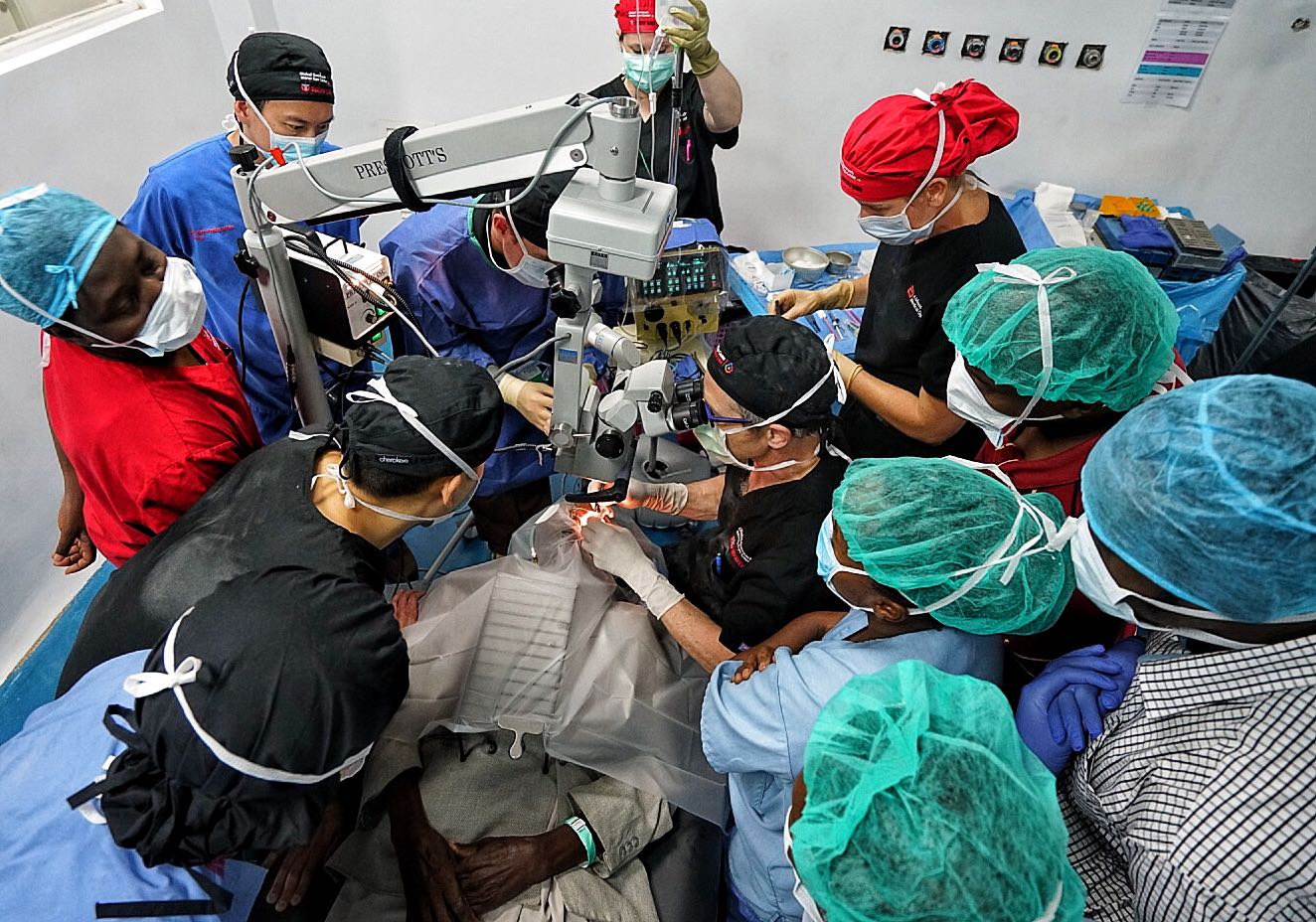
Research Finds Little Progress on Worldwide Blindness in a Decade
Sobering new statistics released by the Global Burden of Disease study found no significant reduction in the number of people with treatable sight loss worldwide since 2010 as public health services failed to meet World Health Organization (WHO) targets.
Three Mount Sinai Ophthalmologists Receive Prestigious Achievement Awards
Multiple honors recognize leadership and exemplary scientific and educational contributions
Un estudio descubre que los estadounidenses no conocen los síntomas y los riesgos de la retinopatía diabética
La retinopatía diabética es la causa más común de ceguera en los adultos de edad laboral; sin embargo, la mayoría de los estadounidenses de más de 40 años no conocen sus síntomas ni los factores de riesgo para esta afección común que amenaza la vista, según una encuesta encomendada por la Sociedad Estadounidense de Especialistas en Retina (American Society of Retina Specialists, ASRS).
Americans in the Dark on Diabetic Retinopathy Symptoms, Risks, Survey Finds
Diabetic retinopathy is the leading cause of blindness among working-age adults, yet most Americans over 40 don’t know its symptoms or the risk factors for this common sight-threatening condition, according to a survey commissioned by the American Society of Retina Specialists (ASRS).
American Society of Retina Specialists Launches Retina Health for Life Podcast
The American Society of Retina Specialists (ASRS) today announced the launch of a new audio and video podcast series providing consumers with critical information about the signs, symptoms and risk factors of retina disease and the importance of seeing a retina specialist for specialized care.
Research Teams Creates Device Bringing Precision Medicine to Field of Ophthalmology
Innovative device ensures doctors obtain adequate fluid samples from the eye, helping with diagnosis and individualized treatment plans for patients.
Simply Expanding Medicaid Coverage Can’t Solve This Leading Public Health Challenge
New research shows significantly more people with diabetes got their critical annual dilated eye exam during the first two years following Medicaid expansion under the under the Affordable Care Act (ACA). However, this encouraging increase in the exam rate did not persist beyond two years.
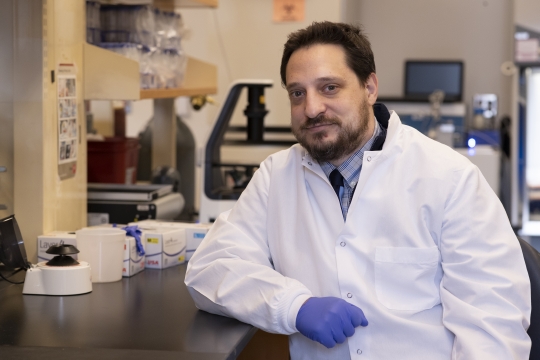
Exercise can slow or prevent vision loss, study finds
Exercise can slow or prevent the development of macular degeneration and may benefit other common causes of vision loss, such as glaucoma and diabetic retinopathy, new research suggests.
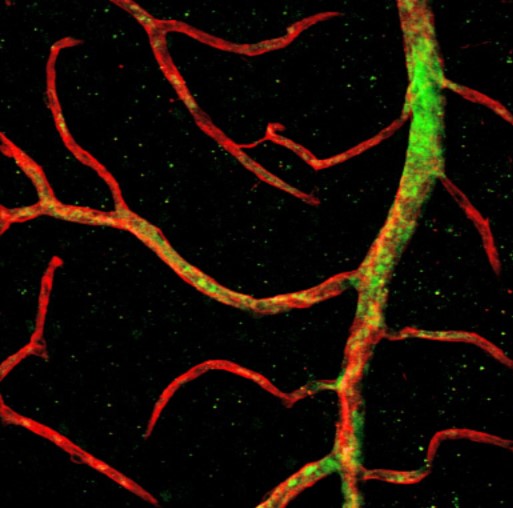
‘Primitive’ Stem Cells Shown to Regenerate Blood Vessels in The Eye
Johns Hopkins Medicine scientists say they have successfully turned back the biological hands of time, coaxing adult human cells in the laboratory to revert to a primitive state, and unlocking their potential to replace and repair damage to blood vessels in the retina caused by diabetes. The findings from this experimental study, they say, advance regenerative medicine techniques aimed at reversing the course of diabetic retinopathy and other blinding eye diseases.
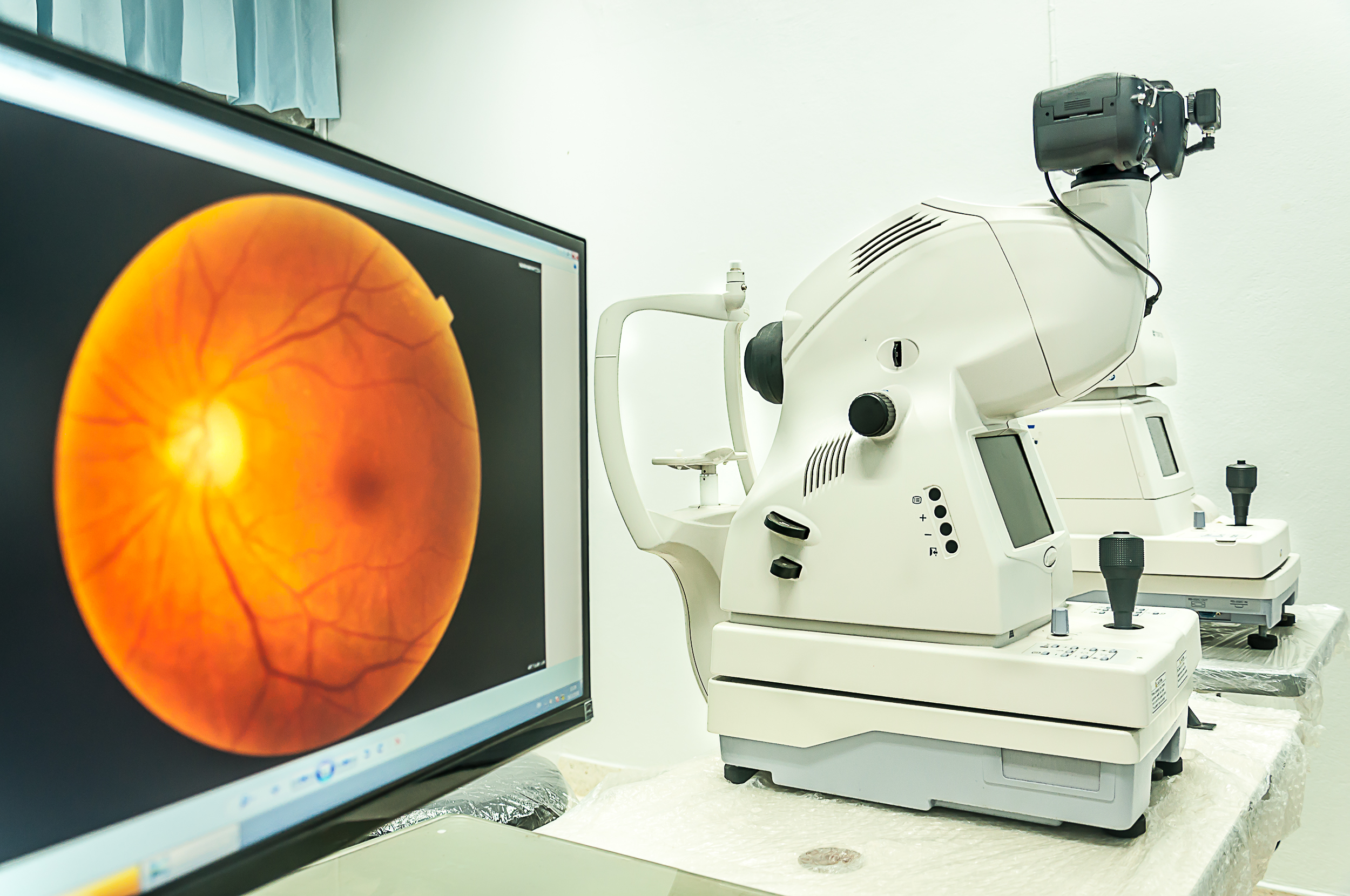
For the evaluation and treatment of diabetic eye disease, ultra-wide field imaging techniques cannot be used interchangeably
Diabetic retinopathy can be diagnosed and graded with the use of a newer scanning technology called ultra-wide field (UWF) imaging, a system that generates high-quality pictures showing most of the retina. Research from the Joslin Diabetes Center’s Beetham Eye Institute has now shown that one technique, UFW fluorescein angiography, detects over three times more microaneurysms than UWF color imaging
‘Ojos’ study to examine eye disease in Latino communities
With $9.7 million in funding from the National Eye Institute, researchers at the University of Illinois at Chicago will study the impact of chronic eye disease among Latinos.